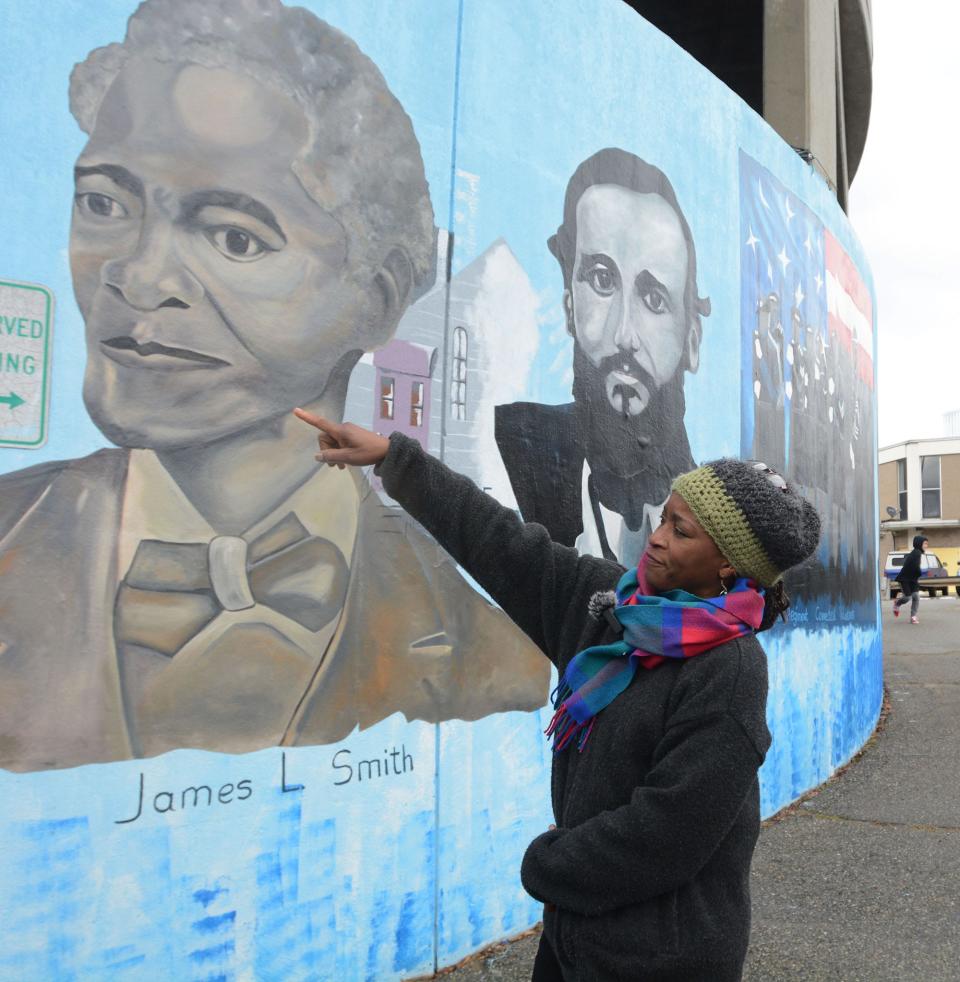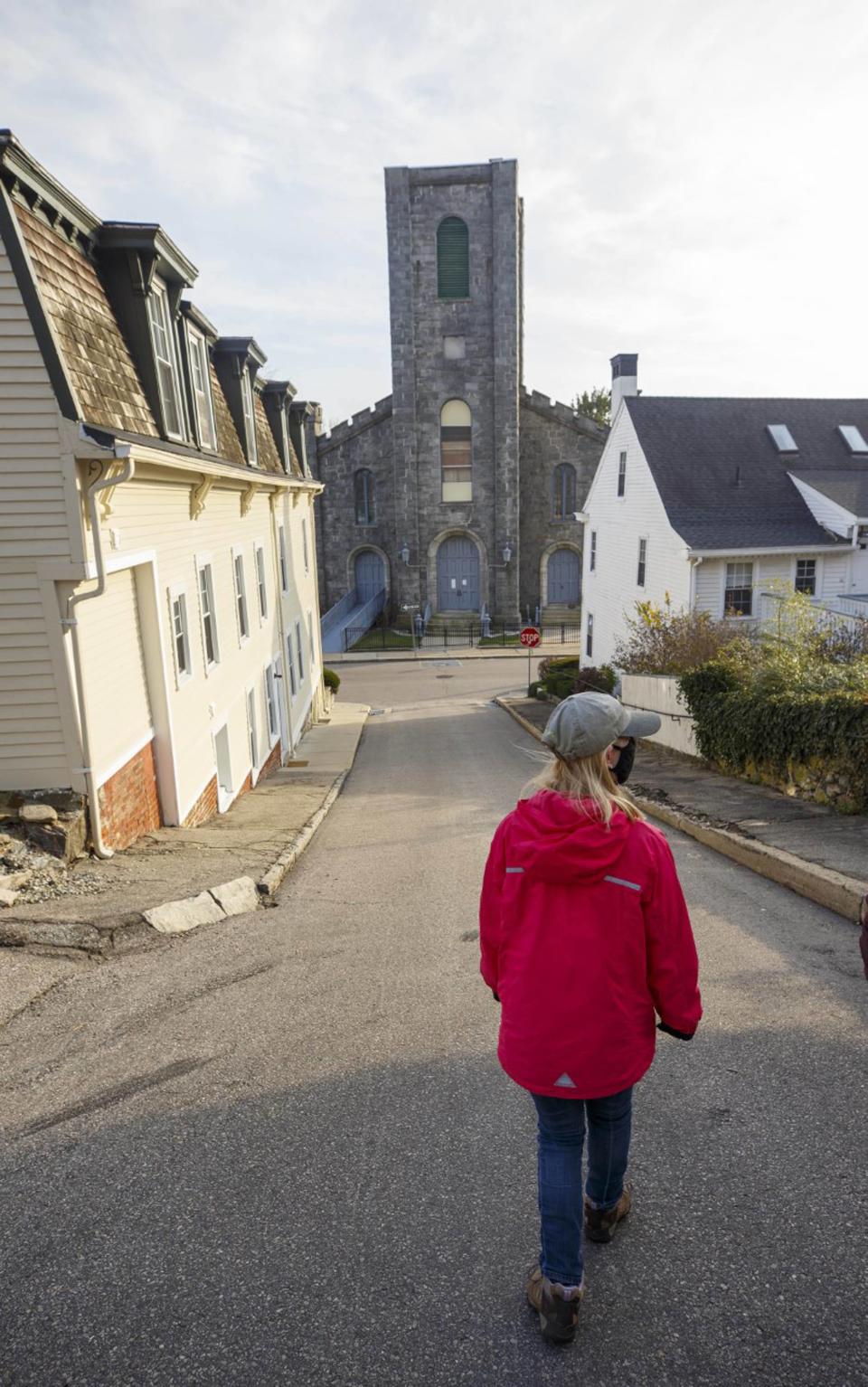Norwich may create a cultural district, with CT support. What would that do for the city?
NORWICH — With many efforts over the years to bring tourism to Norwich, from the Chelsea Arts District in 2009 to last year’s Passport to Norwich, the city is willing to consider trying again.
City Council this week heard about Connecticut Cultural Districts, defined under the Connecticut Department of Economic and Community Development as areas that have a number of cultural facilities, activities and assets, both for profit and nonprofit. In turn for getting this designation, the state will help with marketing.
“Really, it’s a marketing opportunity to market arts and culture and your attractions to visitors,” Wendy Bury, the executive director of the Southeastern Connecticut Cultural Coalition, told City Council Monday.

Other criterion that the state considers before giving this designation to an area is if it’s a walkable, compact area for visitors to recognize, a center of culture activities, and if it’s a place where the community congregates.
Bury said it’s also possible for cultural districts to be spread across more than one Connecticut municipality, or for a municipality to have multiple cultural districts. The borders of a given district can be any shape, as long as it’s contiguous.
More: Killingly's longtime recreation director leaves at the end of March. Here's her legacy.
Along with cultural districts, a municipality also needs to set up a cultural district commission, which can be a new commission, or made up of people from existing commissions, either as a subcommittee or as the responsibility of an existing commission. However, the cultural district commission has representation requirements including people from the city, local culture and art scene, and local businesses.

The program itself was created in 2019 with the October 2019 legislation An Act Concerning the Establishment of Municipal Cultural Districts. Bury said the intent was to bring what Ridgefield was doing to the rest of the state, as they were imitating the “robust” cultural districts of Massachusetts, which have been funded for over a decade.
Alderman Derell Wilson commented during the meeting that Connecticut's Office of the Arts has been wonderful in helping promote arts and culture around the state, and is one of many resources Norwich can utilize.
More: Empty storefronts plague Norwich's downtown and beyond. What is the city doing about it?
“They’re (seeing) the opportunities in other states that have bolstered some of their festivals and institutions,” Wilson said.
So far, Ridgefield is the only town in the state with a Connecticut Cultural District. Plenty of other municipalities across the state are working toward it, including nearby New London and Stonington. The city that is likely to be the second in the state with such a district is Torrington, as it awaits final approval.
Torrington Mayor Elinor Carbone said the city was attracted to the program because it encouraged cross promotion and working together across various organizations in that city, from the historical society to the Warner Theater, and historic churches, among others.
More: "It was a lifesaver." Here's why Eastern CT restaurants support extending outdoor dining.
“Each one of these organizations was working out of a silo, doing their own promotion, their own five-year strategic plans,” Carbone said. “Becoming part of a cultural district has everyone thinking differently.”
Bury also stressed the need for collaboration between entities in Norwich, as, with the cultural district commission, it would help to market and prioritize activities in the city.
“It’s really about the permanent infrastructure on how we coordinate and leverage assets in the city,” Bury said.
Norwich Mayor Peter Nystrom said the challenge with collaboration for Norwich’s organizations is getting them to understand the mutual benefits.
More: Ever try New Haven-based food truck Mexicali? The owner opened a restaurant in Norwich.
“You need to lift your city together as a team,” said Nystrom.
Carbone said Norwich should consider this program because neighboring communities can choose “to dovetail their efforts and make Connecticut a destination for out-of-state visitors.
Also, it reminds residents of the places of interest they may have otherwise let pass by.
“Creating these cultural districts reminds us of the gems we have in our own communities,” Carbone said.
This article originally appeared on The Bulletin: CT cultural district program includes Norwich arts, business, history

